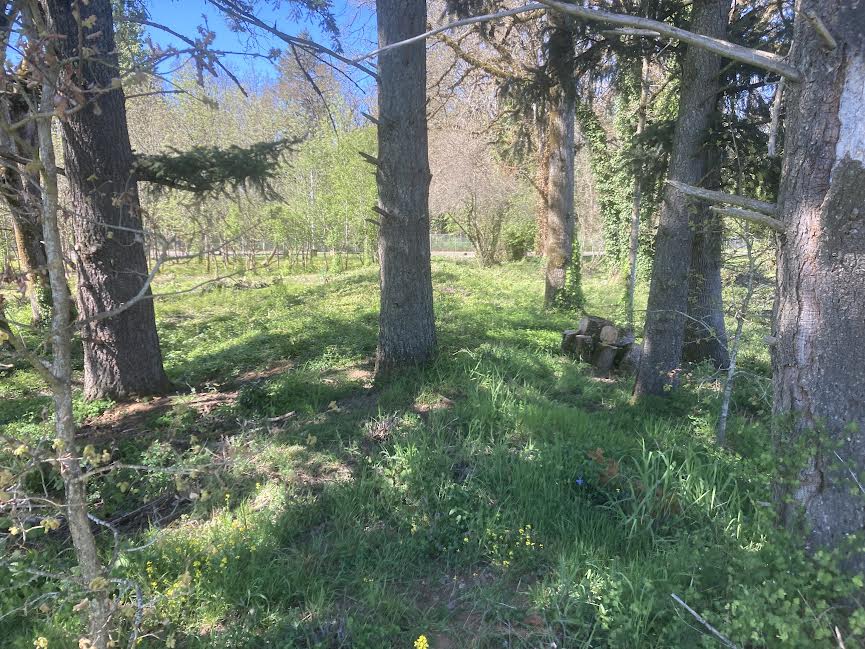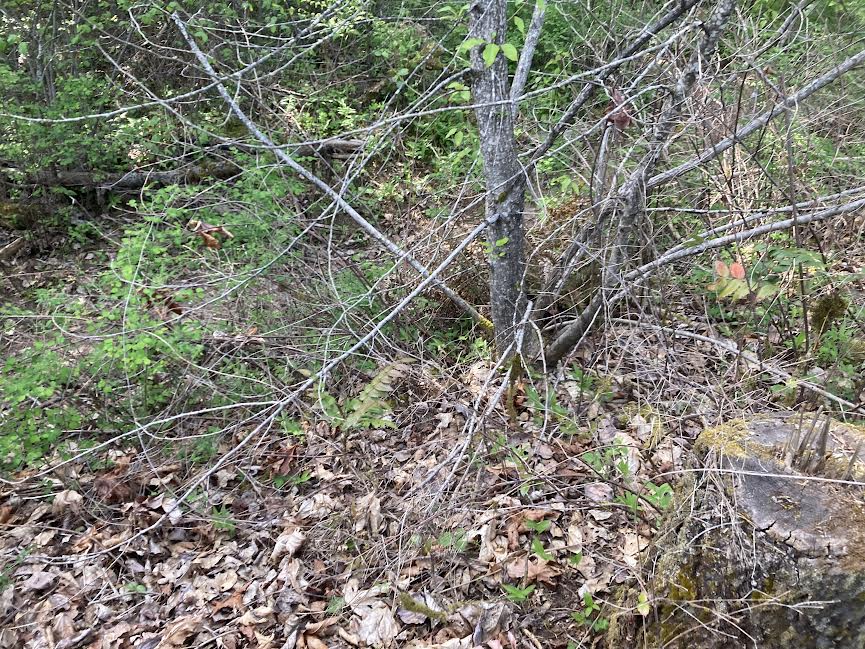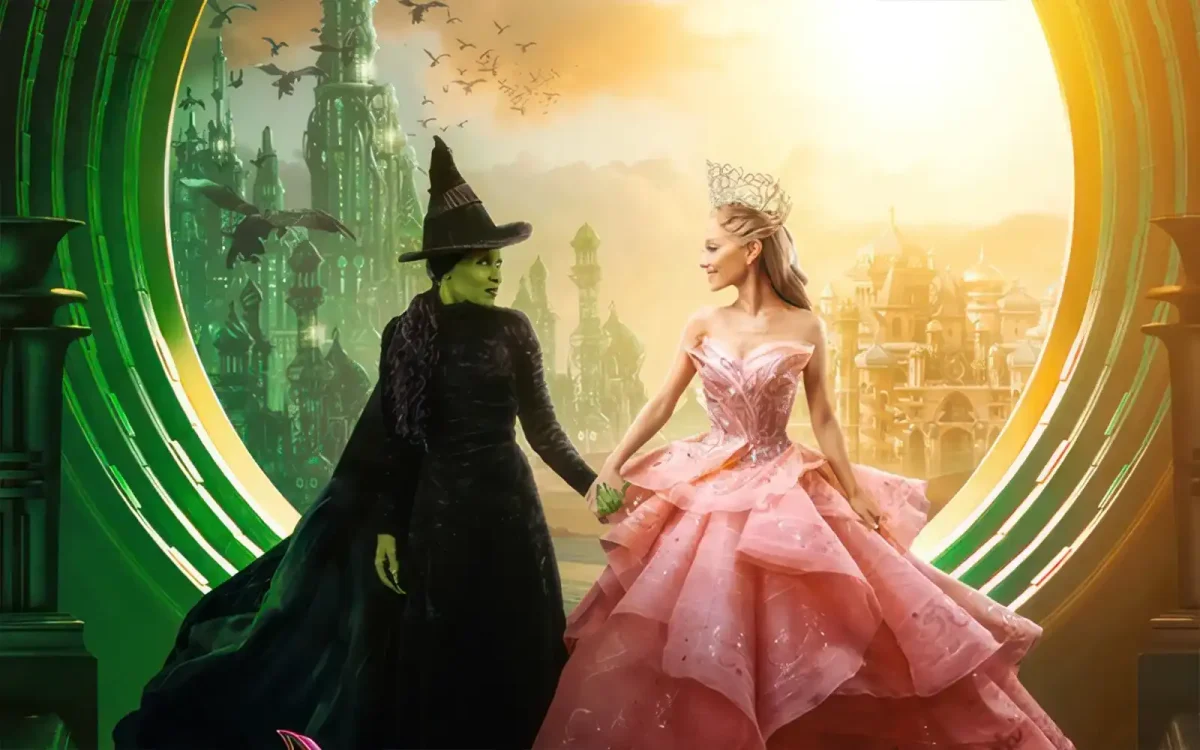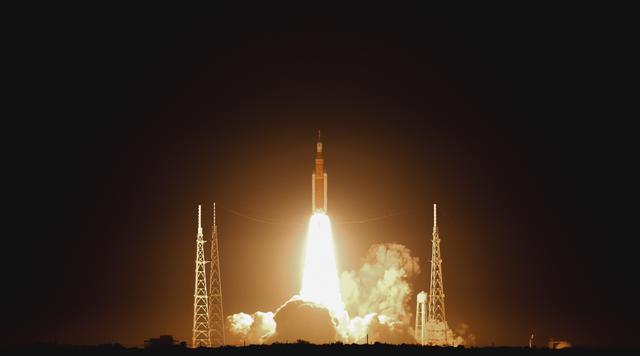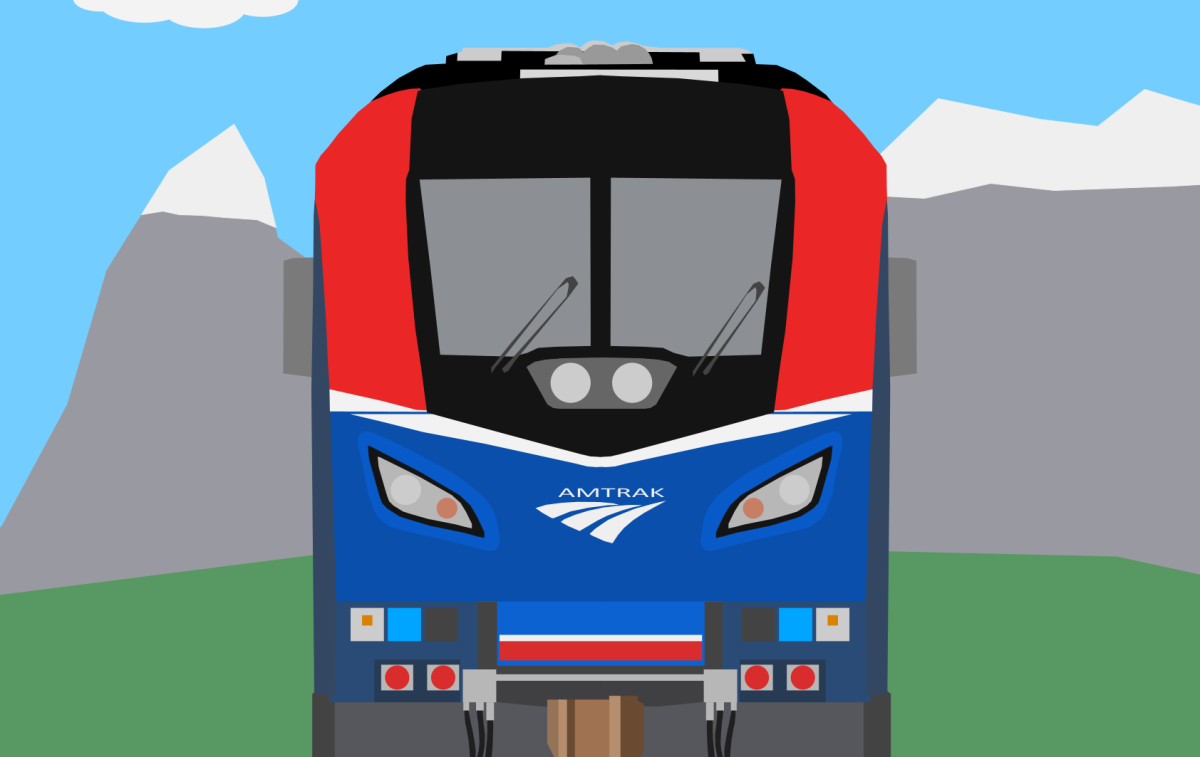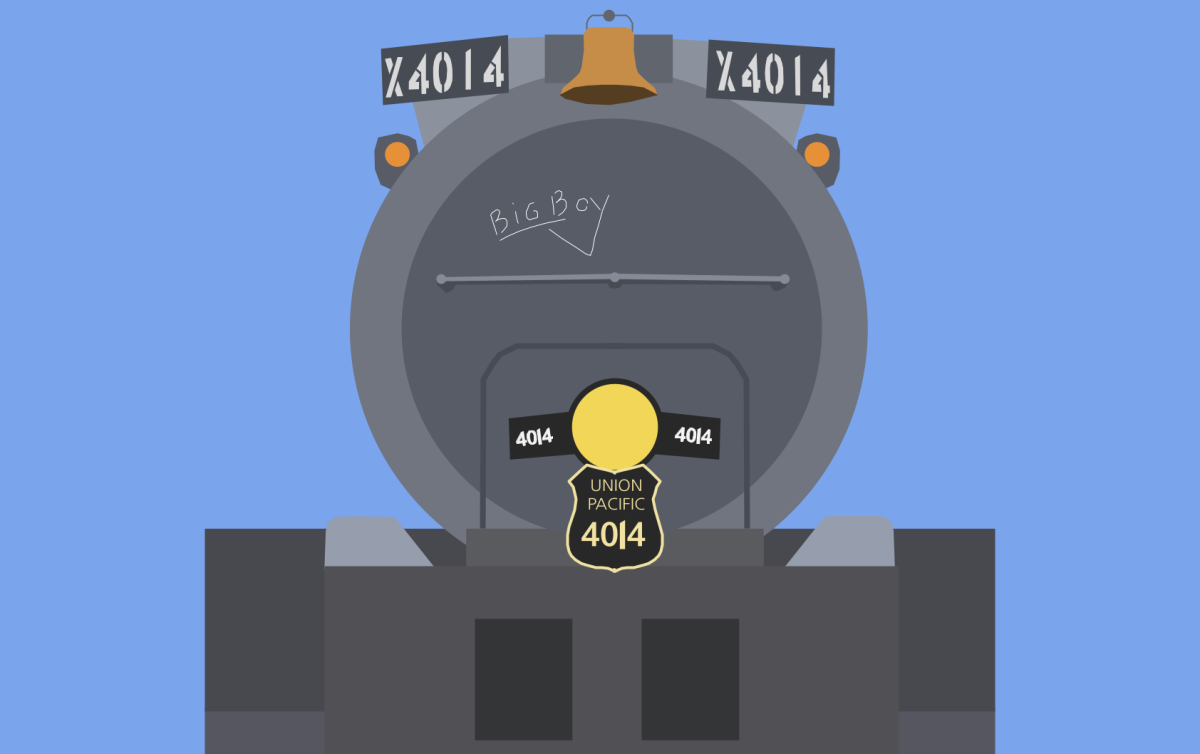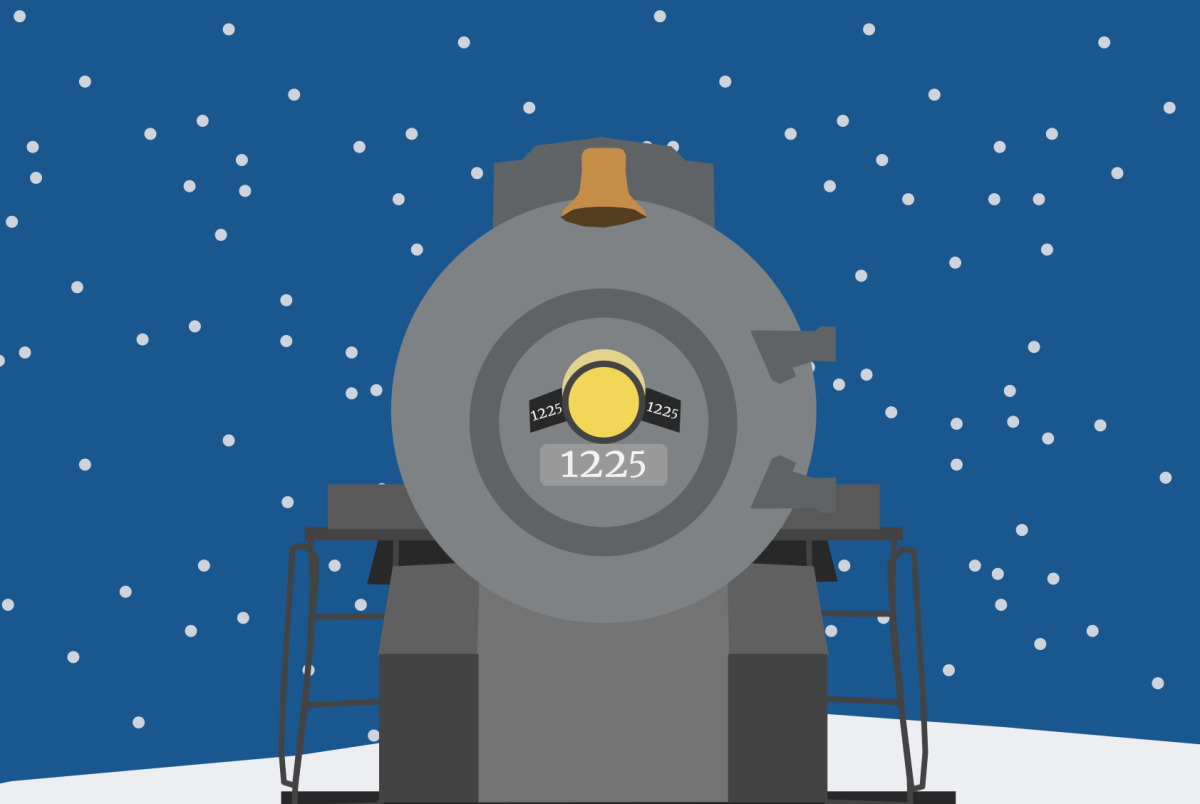Our community is fundamentally shaped by automobiles. Our school lies four miles outside of Oregon City’s downtown, and our only train track is the Union Pacific’s mainline that only goes north and south – and even that only lets you go north to Portland or south to Salem.
But what if I told you that a century ago that wasn’t the case? That it was possible to easily go from Portland to Oregon City to Molalla and even beyond on a train? Or that this forgotten history is still visible here on the high school campus?
Starting from downtown Oregon City, the Willamette Valley Southern (WVS) was an electrified rail line that ran through Beaver Creek, Molalla, and all the way out to Mt. Angel. It had several daily passenger trains, but it primarily focused on freight operations.
By itself, the WVS wasn’t entirely unique – it was the last of the local, electric interurban rail lines built, and its operational history wasn’t anything special. It was organized from an earlier company in 1915, struggled during the Great Depression, and ultimately closed and had its rails torn up in the late ‘30s.
Instead, I find the impacts of the WVS to be far more intriguing. Cue the headings!
Our Infrastructure and Local Businesses
If you’ve ever driven south towards Molalla on Highway 213, you’ve likely driven across the railroad crossing next to the RSG lumber yard. This is the community of Liberal, and that railroad crossing is operated by the Oregon Pacific Railroad. The track now runs from that lumber yard to Canby, where it interchanges with the Union Pacific (an interchange is the location where a railroad does business with another railroad, trading cars and equipment to ensure that deliveries make it to their destination. For example, the OPR takes cars filled with RSG lumber to Canby for the Union Pacific to move on the national network, and the Union Pacific drops off cars with heavy equipment for the OPR to take to the lumber yard). The OPR took over this branch from the Southern Pacific, who used to be the major railroad in the area before they merged with the Union Pacific..
The Southern Pacific built this line in 1912 to specifically compete with the WVS. In fact, modern OPR operations still use a small section of WVS line – likely the last remaining piece of the railroad still in service. If you turn on to Macksburg Road going towards Canby and look through the fence into the lumber yard, you can see a siding (when I drove by in early April, they had cars on it, making it easier to spot). If you draw a straight line from where that siding ends to the road, you can see where the WVS used to run.
In other words, without the WVS, the track that the OPR now runs on would have never been built – and the lumber mill in Liberal, the steel mill in Canby, and other businesses that serve our community and contribute to the local economy wouldn’t exist.
Remnants of the Past
That was a century ago. Since that time, our community has grown up around the WVS’s remains, but some parts still peek through. And one of the most obvious places to see that is right here on the OCHS campus.
Next time you have a minute before or after school, or if you find yourself wandering next to the entrance to free parking, take a look at this collection of trees.

At first glance, they look like something we’ve never seen before in Oregon: Trees. But upon closer inspection, something rises out of the underbrush.

Do you see it yet?
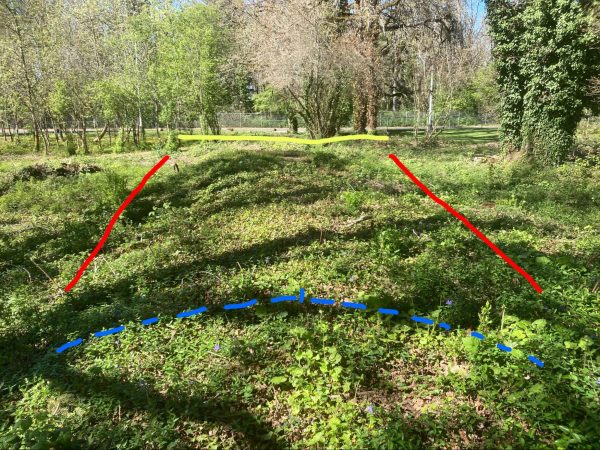
Dear readers, that is the unmistakable remnant of a railroad grade – the raised ground where a railroad track once was. Don’t believe me? Here’s a map put together from old records and topographical maps (maps that show elevation) by Cameron Booth, a local transit map maker, and it clearly shows the rail line passing over land that now makes up the Oregon City High School campus.

Here’s some more pictures of the grade from different angles:
OCHS isn’t the only place where the track can still be seen – on the Clackamas Community College (CCC) campus, when you cross the street to the west of their baseball field, there’s a small trail that leads over a small hill and alongside an odd rise in the ground. Care to guess what that is?
In fact, right off of the Douglas Loop (CCC’s central loop), and within a few hundred feet of where I took those pictures, there used to be a station. Sadly, the forest has grown up and over where I believe the station to be, and I don’t want to disturb the natural environment looking for ruins or remnants that have likely disappeared over the decades.
And there’s far more than just physical remnants as well – the county tax lot boundaries are still impacted by this today. If you look at the tax lot layer on the official Oregon City WebMap, and navigate to the area of CCC and OCHS, you can see a straight cutout that runs through other properties. This is the remains of the right of way that the railroad used to operate.

Unfortunately, the sad truth is that these are probably the last accessible pieces of the WVS. There also used to be a station off of Glen Oak Rd., but where it used to be has been covered by houses. I’ve heard there may still be remnants of the station out in Beavercreek, but maps place it on private property off of Leland Rd. and I don’t wish to bother anyone. The Willamette Valley Southern has been reduced to a raised hill running through a college and high school, a short bit of track only used by the successor to its direct competitor, and an odd trivia fact for those who draw and record property lines in our area.
So next time you’re out walking through the forest, watch the terrain. Remember that even in recent, modern times, our local landscape has changed drastically. What was there yesterday may not be there tomorrow, and as we and our community march hand-in-hand with progress, we should also endeavor to remember the lifelines of our past.
I would like to credit Cameron Booth, who was kind enough to return my emails and share resources with me. Much of my research is based off of his, and it’s likely that without him I would have never discovered the WVS. Here’s a link to the map shown above and a link to his personal website.



